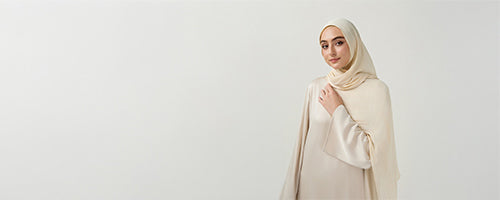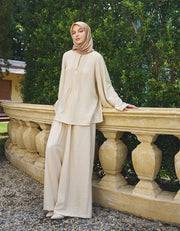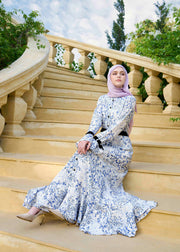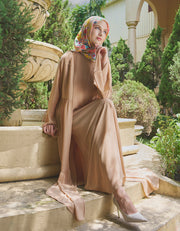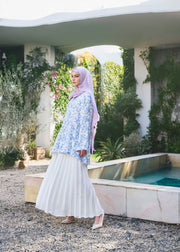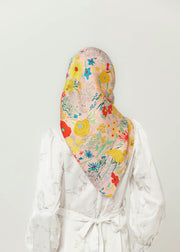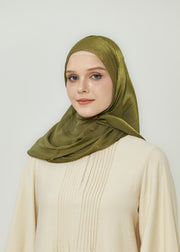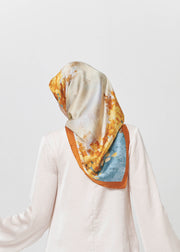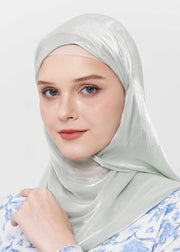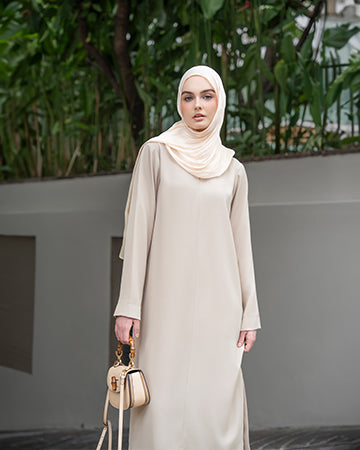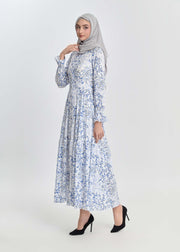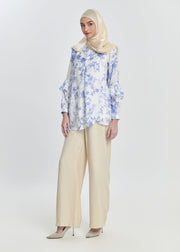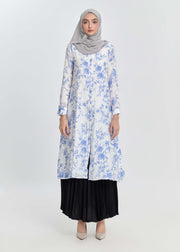What Is a Jubba? Traditional Islamic Robes Explained
Islamic fashion carries deep cultural and religious significance, and one of the most prominent garments worn by Muslim men is the jubba. Recognized for its long, flowing design, the jubba serves both a practical and spiritual purpose. But what exactly is a jubba? How has it evolved through time, and what makes it so popular across different cultures within the Muslim world?
In this guide, we’ll explore everything you need to know about the jubba—its origins, features, styles, and modern interpretations—so you can appreciate its significance and versatility.
What Is a Jubba?
A jubba is a long, loose-fitting robe traditionally worn by Muslim men. It typically extends down to the ankles and may have long sleeves, a high collar, and buttoned or open fronts. The jubba is a symbol of modesty and is often associated with Islamic scholarship, religious gatherings, and daily prayer.
While the style and cut can vary slightly across regions, the essence of the jubba remains consistent: it’s a garment that promotes decency and cultural identity.
What Is a Jubba?
Origins and Historical Significance of the Jubba
The jubba dates back centuries and has its roots in the Arab world. Worn by prophets, scholars, and laymen alike, it has been a staple in Islamic dress since the time of the Prophet Muhammad (peace be upon him). Early versions of the jubba were made from wool or cotton and worn in both hot and cold climates due to their breathable design.
Historically, wearing a jubba was not only a sign of modesty but also of respect and dignity. Islamic scholars and religious leaders would often wear elaborately tailored jubbas as a symbol of their spiritual and academic authority.
Common Features of a Traditional Jubba
Although the design can vary slightly depending on the region or personal preference, most jubbas share these common characteristics:
-
Length: Usually ankle-length to cover the entire body modestly.
-
Sleeves: Long sleeves for full coverage.
-
Closure: Buttoned or zipped fronts, sometimes with decorative elements.
-
Fabric: Cotton, wool, polyester blends, or linen, depending on climate and season.
-
Color: Typically white, black, grey, or earth tones. However, modern versions may feature more vibrant hues.
Types of Jubba Across Different Regions
The jubba has adapted to different cultures and climates, resulting in unique regional variations:
Middle Eastern Jubba
In countries like Saudi Arabia, the jubba is commonly worn as a daily garment. Known locally as a thobe, it tends to have a minimalist design with light, breathable fabrics suited for desert climates.
South Asian Jubba
In South Asia, particularly in Pakistan and India, the jubba is more formal and often worn over a shalwar kameez. It’s typically adorned with embroidery and worn during religious events or Friday prayers.
African Jubba
In East African countries like Somalia and Sudan, the jubba often features bold colors and slightly flared hems. The fabric tends to be thicker and more structured to suit regional tastes.
Types of Jubba Across Different Regions
When to Wear a Jubba
Traditionally, the jubba is worn during religious ceremonies, Friday prayers, Eid, and other Islamic events. However, in many Muslim-majority countries, men wear it as part of their daily attire, especially those working in religious, educational, or cultural fields.
Modern interpretations of the jubba are increasingly seen at weddings, formal gatherings, and even business meetings within Islamic communities. Its elegant look and comfortable fit make it a versatile garment that blends spirituality with style.
The Jubba in Modern Islamic Fashion
In today’s fashion landscape, the jubba has evolved into more than just traditional attire. Contemporary Islamic designers are reimagining the jubba with modern cuts, subtle prints, and even asymmetrical elements. These updated versions cater to young Muslim men who wish to remain faithful to their cultural roots while expressing personal style.
Brands now offer jubbas in seasonal collections—light cotton for summer, thicker wool blends for winter—making them suitable for a range of climates and lifestyles. Some include hidden pockets, adjustable waists, or even tech-friendly fabrics.
The Jubba in Modern Islamic Fashion
Why Muslim Men Choose the Jubba
There are several reasons why the jubba continues to be a preferred choice among Muslim men:
-
Religious Significance: The jubba aligns with Islamic principles of modesty and dignity.
-
Cultural Identity: Wearing a jubba reflects pride in one’s heritage and traditions.
-
Comfort and Practicality: Its loose design allows for comfort during daily activities and prayer.
-
Elegant Simplicity: Despite its modesty, the jubba has a regal and timeless look.
Embrace Modesty with Style — Discover at Minnaba
Whether you’re dressing for everyday life or preparing for a meaningful occasion, modest fashion offers a powerful way to express both faith and style. At Minnaba, we celebrate Islamic values through thoughtfully designed clothing that blends tradition with modern elegance.
Explore our curated collections to discover pieces that honor modesty while reflecting your unique identity. With Minnaba, Islamic fashion is not just preserved—it’s reimagined for today’s world.

